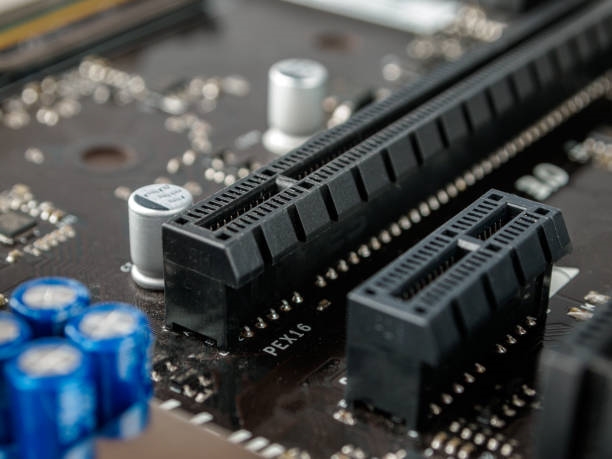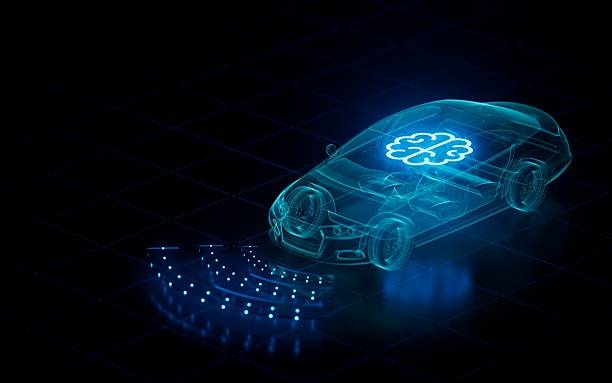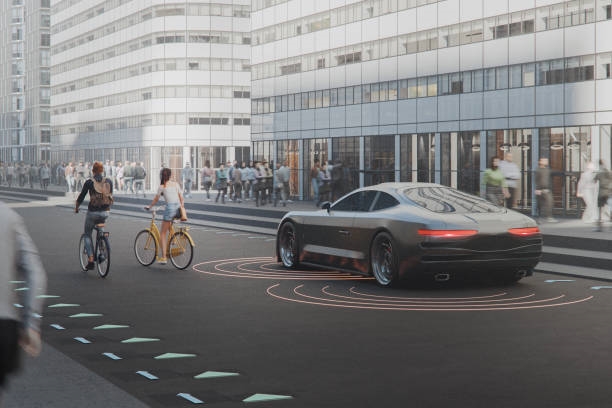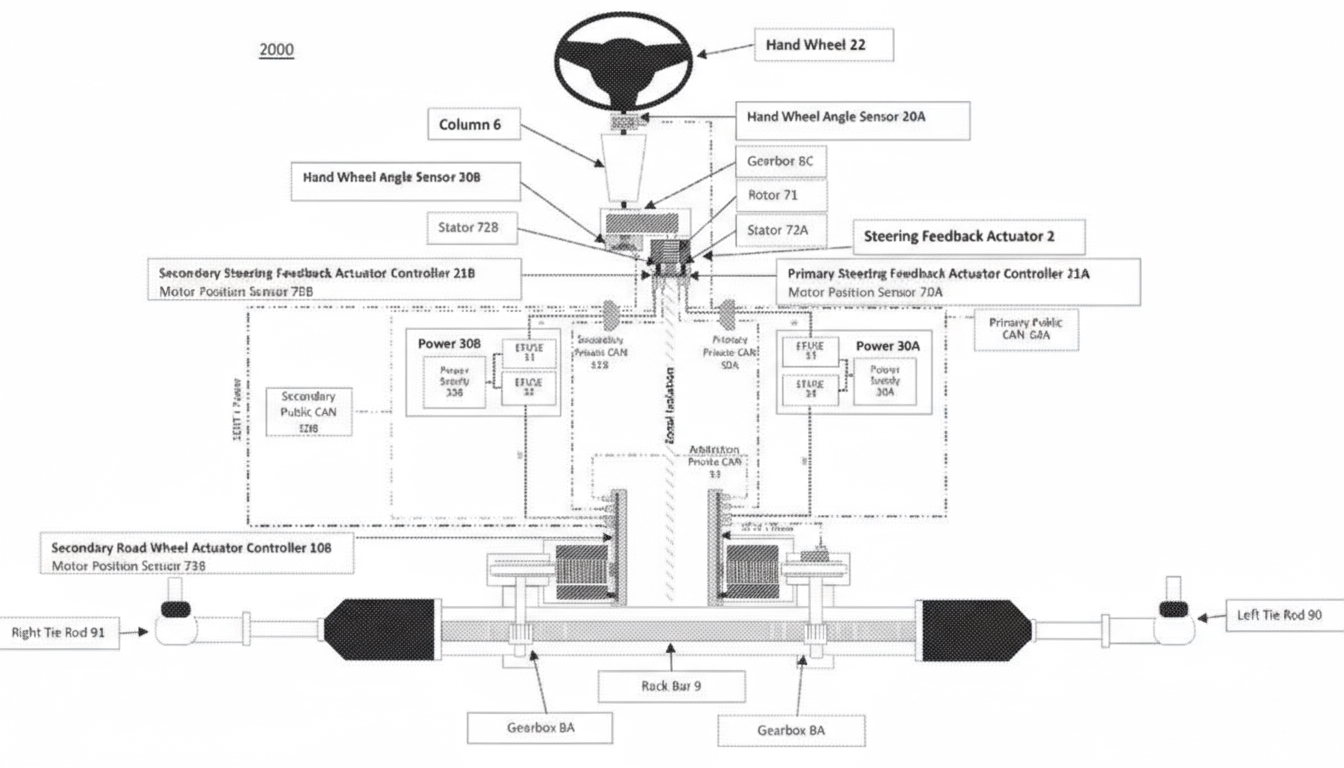As autonomous driving technology advances, the need for efficient data transmission in vehicles grows. Automotive Ethernet, a key vehicle networking technology, is gaining attention in the automotive industry. Its continuous evolution is aligning with the demands of autonomous driving systems.
Evolution of Automotive Ethernet Technology
AUTOSAR (Automotive Open System Architecture)
AUTOSAR is a standardized automotive software architecture developed collaboratively by manufacturers, suppliers, and tool developers. It incorporates the TCP/IP protocol model for automotive applications. The industry has agreed to adopt AUTOSAR as a standard, allowing manufacturers to compete on implementation rather than the standard itself. This enables multiple devices to operate seamlessly on a shared network.
Single-Pair Ethernet (OPEN)
Broadcom's BroadR-Reach, a proprietary physical layer standard, supports 100 Mbps Ethernet over longer copper cable distances. It uses gigabit Ethernet copper technology with multi-level PAM-3 signaling and advanced encoding to reduce bandwidth requirements. Echo cancellation enables bidirectional data transmission over a single pair of wires. With a bandwidth of 27 MHz¡ªcompared to 100Base-T's 62.5 MHz¡ªit meets automotive EMI requirements. The OPEN SIG developed a licensed open standard, widely supported by major automotive manufacturers. While 100 Mbps suffices for video transmission, it falls short as a backbone for advanced driver-assistance systems (ADAS) and autonomous driving. The IEEE 802.3bp group defined a new 1000 Mbps (1 Gbps) standard over a single twisted pair, named 1000Base-T1.
Time Synchronization
Certain automotive algorithms require simultaneous sensor sampling or time-referenced measurements across different nodes. This demands sub-microsecond time synchronization across all nodes. The IEEE 802.1AS standard, based on IEEE 1588 v2, was selected for synchronized timing. It simplifies main clock selection for faster synchronization.
Time-Triggered Ethernet
Time-sensitive controls require communication latency below 1 microsecond to enable rapid sensor data acquisition or time-critical functions. In traditional Ethernet, even at gigabit speeds, transmitting a packet takes hundreds of microseconds. The IEEE 802.3br (Interspersed Express Traffic) group is developing a system where high-priority Express packets can interrupt ongoing transmissions, resuming the interrupted packets afterward.
AV Bridging
ADAS relies on timely data from cameras and sensors. Unlike video streaming on computers, which uses buffering to handle unreliable timing, automotive AV systems require low latency and guaranteed bandwidth. The Time-Sensitive Networking task group has defined standards to support synchronized, low-latency data streams.
Comprehensive Testing Requirements
Automotive Ethernet engineers address high-frequency circuit board issues, including signal noise, quality, crosstalk, reflection, impedance matching, and DC power integrity. To ensure reliable operation, comprehensive testing is required for the physical layer, protocols, compliance, security, and wiring harnesses. Physical layer compliance testing includes three key points: transmitter, protocol triggering and decoding; link segmentation, including harnesses and connectors; and receiver.
Transmitter Testing
Transmitter testing resembles physical layer characterization for other high-speed digital standards. Engineers need test solutions with protocol triggering and decoding software to analyze data traffic and protocol dynamics, saving time during early design debugging. All required compliance tests should be pre-packaged for setup, configuration, and reporting, allowing designers to focus on core tasks and meet deadlines.
Receiver Testing
Robust 100Base-T1 receiver compliance testing software should automate the configuration of all required test equipment, streamlining the process. It should also support bit error rate testing (BERT). Key features include:
- Simplified receiver compliance testing
- Automatic configuration of required equipment to reduce test time
- Graphical display of connections to the device under test
- HTML-format pass/fail test reports with margin analysis
Link Segmentation Testing
A complete link segmentation compliance testing solution must support cable, connector, communication channel, and crosstalk testing across the entire communication channel.
Higher-Layer Protocol Testing
Automotive Ethernet requires more than physical layer testing. Validation solutions must include higher-layer testing for the automotive TCP/IP protocol model, time synchronization (IEEE 802.1AS), audio-video bridging (802.1Qav), and scheduled traffic (IEEE 802.1Qbv).
As technology progresses, automotive Ethernet is expected to meet the high-speed, low-latency, high-reliability, and real-time demands of autonomous driving. Enhanced focus on network security and data privacy will further ensure vehicle and passenger safety.
 ALLPCB
ALLPCB







